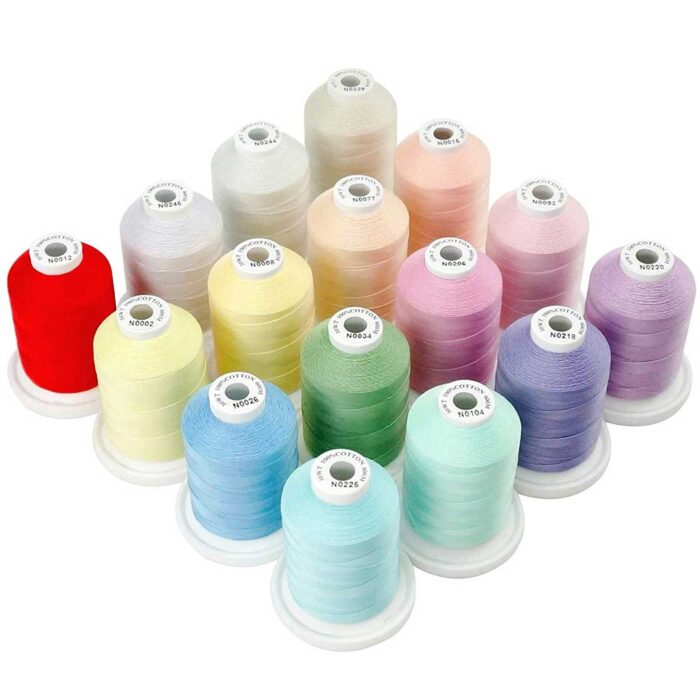Passaro Exports based in Chennai, India is a leading exporter of 100% mercerised cotton yarn and fabric. Mercerized cotton is sometimes referred to in the crafts as pearl or pearle cotton.
What is Mercerised Cotton?
Mercerized cotton is sometimes referred to in the crafts as pearl or pearle cotton. It is cotton yarn or fabric which has been put through a series of processes, primarily to increase luster. The added desirable water handling properties gained are a secondary bonus.
Cotton fiber grows in a boll; each fiber is produced from an individual seed (about 5,000 altogether) in the base. The fiber starts out as a projecting hollow sheath and each night a new layer of cellulose is laid down on the inside of the sheath until about thirty layers are built up. At this point the fiber is like a solid cylindrical rod having a central lumen or canal pointing to the tip consisting entirely of cellulose. When the boll bursts and exposes these fibers to sun and air they dry up and collapse, becoming flatter and ribbon like with alternating left and right spiral twist every two or three turns. This is cotton fiber in its original state.
Through the ages countless attempts have been made to alter the fiber, sometimes with a specific end use in mind and other times just as pure research. In 1851, John Mercer was granted a British Patent for work he had done pertaining to cotton, linen and other vegetable fibrous materials that in effect caused certain changes in the character of the fiber when subjected to caustic soda, sulfuric acid, and/or other chemicals, etc. He went on to list a number of these changes, one of which was that caustic soda caused the fiber to swell, become round and straighten out (but it did not impart any change in luster). At the time Mercer introduced these processes, the British cotton trade showed no interest in any of it and it all sat in obscurity for about forty years. In 1890 Horace Lowe was granted a British patent in which he claimed that by applying Mercer’s caustic soda process to cotton yarn or fabric under tension a resultant high luster (a result of the light reflection off the smooth, round surface) was imparted to the fiber. It became an overnight success and revolutionized the cotton industry. The rest is history.
Mercerization and Luster
We must keep in mind when making comparisons between the water absorbency quality of mercerized and unmercerized cotton that the primary reason for mercerizing cotton is to gain luster. Like virtually all other chemical applications to affect change in fiber, concentration alone is not as important as the combination of time, temperature and concentration. In this case cotton held under specified tension for ten minutes with an application of between 21%-23% caustic soda (NaOH), at room temperature results in the desired luster and increased tensile strength. Without the tension there is no increased luster. It has been established that luster is a result of light reflection off the surface of the selected product. The more glass like the surface, the better the luster. Yarn in its spun, treated state still has a very fine covering of tiny fiber ends (fuzz). This fuzz is removed by passing the yarn (or fabric) through a controlled heated atmosphere termed singeing (gas fired in the past, electric more currently) resulting in a cleaner surface.
Reference: https://fiberarts.org/design/articles/mercerized.php5
PASSARO EXPORTS
Mercerised Cotton Yarn and Fabric
Medavakkam,
Chennai 600100,
Tamilnadu, India
+91 98844 80980
sales@passarotrading.com
You may also be interested in this manufacturer:

One thought on “Passaro Exports”